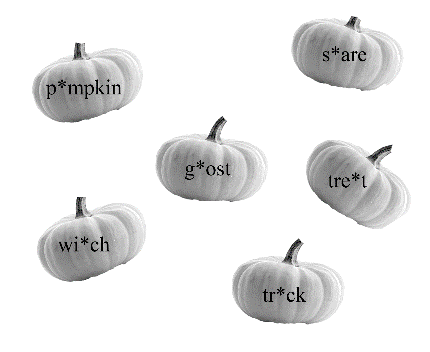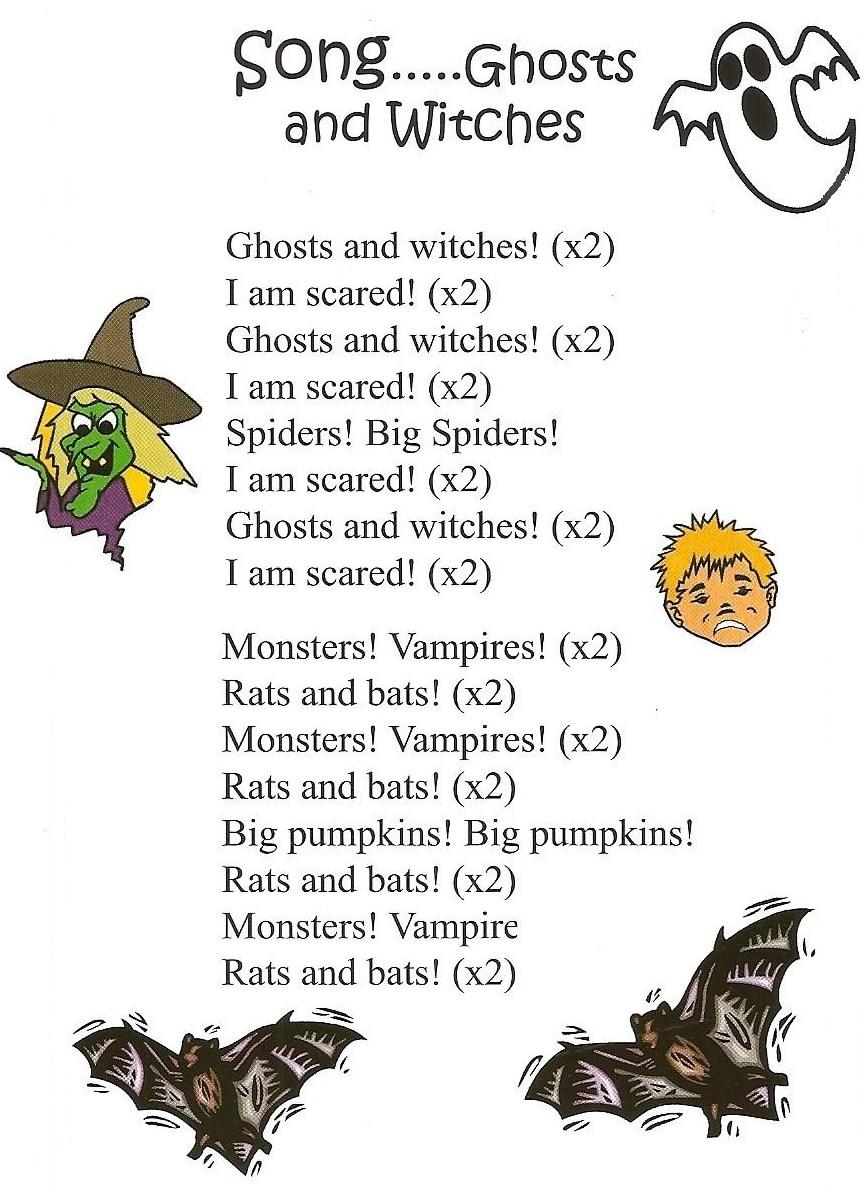- Учителю
- Урок английского языка на тему Хеллоуин 6 класс.
Урок английского языка на тему Хеллоуин 6 класс.
Тема: "Halloween"
Цели урока:
- научить учащихся чувству уважения к истории и к культуре страны изучаемого языка.
- развитие говорения (умения сообщать, объяснять, рассказывать);
- воспитание положительного отношения к культуре народа изучаемого
языка;
- провести практику речевой деятельности.
</<font face="Times New Roman, serif">Оборудование: иллюстрации, доклады, ноутбук, аудиозаписи, интерактивная доска, плакат на тему: «Хэллоуин».
Ход урока:
I. Организационный момент
1. Приветствие.
- Good afternoon, children!
2. Сообщение темы урока
We`re glad to see you on this special holiday - Halloween. I hope we`ll have fun and get good spirit. Let`s start our Halloween holiday!
II. Основная часть
1. Введение лексики
- Do you know these words?
«Trick-or-treat» - «угощайте, а не то подшутим»
Jack-o'-lantern - фонарь
ghost -приведение
witch - ведьма
vampire -вампир
pumpkin - тыква
candle - свеча
heaven - рай
hell - ад
Judgment Day - Судный день
- Answer to the questions:
1. When is Halloween celebrated? (on the 31st of October)
2. What traditions of Halloween do you know? (going for "trick or treat", having parties, telling scare stories, making jack-o`- lantern from a pumpkin, dressing up and wearing costumes, playing the games: pin-the-tail-on-the-donkey and bobbing for apples)
3. What are the colours of Halloween? (night and orange; black is the colour of night and Halloween is celebrated at night, orange is the colour of pumpkin, one of the symbols of the holiday)
4. What are the symbols of Halloween? (evil spirits like witches on broomsticks, black cats, werewolves, ghosts, goblins, skeletons, ghouls, mummies, spiders with cobwebs, scarecrows, vampires and etc; pumpkins, apples, nuts, scare stories …)
5. Who can walk through walls? (ghosts)
6. What do you need to keep vampires away?
A-garlic B-onion C-pepper (garlic)
7. In Scotland, what vegetable was traditionally carved into a jack-o`-lantern?
A-a watermelon B-a turnip C-a pumpkin (a turnip)
8. When are were wolves supposed to come out?
A-after midnight B-during a full moon C-on a Halloween night (during a full moon)
9. What does a witch use for transport?
A-a hat B-a broomstick C-a motorbike (a broomstick)
10. What do children say when they knock at the door at Halloween? (trick or treat)
2. Доклады
- And now some information about Halloween. Listen attentive, be ready to do some tasks then.
Student 1: Halloween is a festival that takes place on October
31. In the United States children wear costumes and masks and go
trick-or-treating. Many of them carve jack-o'-lantens out of
pumpkins. Fortunetelling and storytelling about ghosts and witches
are popular activities.
Halloween developed from new year festivals and festivals of the
dead. Christian church established a festival on November 1 called
All Saints' Day so that people could continue to celebrate their
festivals. The Mass said on All Saints' Day was called
Allhallowmass. The day before All Saints' Day was known all
hallows' Eve or All Hallow e'en.
The main Halloween activity for children is trick-or-treating.
Children dress in costumes and masks and go from door to door
saying "trick or treat". The neighbours give children such treats
as candy, fruit and pennies so that children do not play tricks on
them.
Jack-o'-lanterns are hallowed-out pumpkins with face carved into
one side. Most jack-o'-lanterns contain a candle inside. An Irish
legend says that jack-o'-lanterns are named after the man called
Jack. He could not enter heaven because he was a miser, and he
could not enter hell because he had played jokes on devil. As a
result, Jack has to walk on the earth with his lantern until
Judgment Day.
Fortunetelling is an important part of Halloween. For example, a
coin, a ring, and a thimble were baked into a cake. It was believed
that the person who found the coin would become wealthy. The one
who found the ring would marry soon. And the person who found the
thimble would never get married. Today people practice cardreading
or palmistry.
People once believed that there were many ghosts and witches on the
Earth and that they met on October 31 to worship the devil. Today,
people do not believe in ghosts and witches but they like to tell
stories about them on Halloween.
Student 2: The celebration of All Saints Day or just Halloween takes place on October 31st. The tradition of Halloween began in the fifth century B.C. This day the Irish Celts celebrated their New Year at that time, because they organized their year according to the agricultural calendar and marked the transition from one year to the next on October 31.
In the year 835 A* D. the Roman Catholic Church made November 1st a church holiday to honour all the saints. This day is called All Saint's Day. Since that time many years have passed. Some traditions are gone, new traditions appeared. I am going to tell you about the most popular customs of Halloween.
The most known custom is the tradition of dressing.
The tradition of dressing in costume for Halloween has both European and Celtic roots. Hundreds of years ago, winter was an uncertain and frightening time. Food supplies often ran low and, many people afraid of the dark, the short days of winter were full of constant worry. On Halloween, when it was believed that ghosts came back to the earthly world, people thought that they would encounter ghosts if they left their homes. To avoid being recognized by these ghosts, people would wear masks when they left their homes after dark so that the ghosts would mistake them for fellow spirits. On Halloween, people placed bowls of food outside their homes to appease the ghosts and prevent them from attempting to enter their home.
Fire has always played an important part in Halloween. Fire was very important to the Celts as it was to all early people. In the old days people lit bonfires to ward away evil spirits and in some places they used to j ump over the fire to bring good luck. Today, we light candles in pumpkin and then put them outside our homes to ward of evil spirits.
Another tradition is Apple Bobbing. It has the roman origins. The Roman festival for remembering the dead was also in October. During this time, the Romans remembered their goddess, Pomona. She was the goddess of the trees and fruits, and when the Romans came to Britain, they began to hold these two festivals on the same day as Samhain. Apples probably became associated with Halloween because of this festival. Some people believe that, if you slice an apple through the equator (to reveal the five-pointed star within) and then eat it by candlelight before a-mirror, your future spouse will appear over your shoulder.
Trick or Treat was first known as Mischief Night. Halloween was a time for making mischief - many parts of England still recognize this date as Mischief Night - when children would knock on doors demanding a treat (Trick or Treat) and people would disguise themselves as witches or ghosts, in order to obtain food and money from nervous householders.
Halloween was sometimes called Nut Crack Night or Snap Apple Night in England. Families would sit by the fire and tell stories while they ate apples and nuts.
Student 3: On October 31st, the eve of All Saints Day or just Halloween is celebrated.
The tradition of Halloween began in the fifth century B.C. by the Irish Celts, who organized their year according to the agricultural calendar and marked the transition from one year to the next on October
The Celts, ancient inhabitants of Great Britain, celebrated their New Year on November 1st. It was celebrated every year with a festival that marked the end of the «season of the sun» and the beginning of «the season of darkness and cold.
On the eve before their new year, October 31, it was believed that Samhain, who was the Lord of the Death and Prince of Darkness, called together all the dead people. The Celts believed the boundary between the worlds of the living and the dead became blurred on this night.
On October 31st, the Druids, who were the priests and teachers of the Celts, would meet in the hilltop in the dark oak forest. They considered oak trees to be sacred. The Druids would light fires and offer sacrifices of crops, animals and possibly even human beings. They told fortunes about the coming year by examining the remains of the animals that had been sacrificed.
When the morning arrived, the Druids would give an ember from their fires to each family who would then take them home to start new cooking fires at home. These fires would keep the homes warm and free from evil spirits.
The story tells us that during the transition, spirits return to earth, looking for living bodies to possess for the following year. The Celts dress up in ghoulish costumes and parade around to frighten them away.
In the year 835 AD the Roman Catholic Church made November 1st a church holiday to honour all the saints. This day is called All Saint's Day. It used to be also known as Hallowmas. Gradually, over the years, October 31st became known as All Hallow Even, eventually All Hallow's Eve, and then Halloween as we know it today.
It was thought that even strangers could help a soul's passage to heaven by saying prayers.
3. Отгадывание загадок:
1. I flight at night because I don't like light (Bat)
2. I'm scary and white. I come out at night. Who am I? (Ghost)
3. I've got soft black fur. When you hold me I purr. Who am I?
4. I'm round on all sides. I've got a light inside. Who am I? (Jack-o-lantern)
5. I've got a black cat and a big pointed hat. Who am I? (Witch)
6. I'm yellow or white. I smile on Halloween night. Who am I? (Moon)
4. Прослушивание песни «This is Halloween».
- Now we well be listen song «This is Halloween».
- What about that song?
- Do you like that song?
5. Тренировкалексикивупражнениях.
- Try to make some word combinations with these words. (Дети составляют словосочетания).
Find the new words in the grid and cross them out (на интерактивной доске)
6. «Пропуски»
- Look at the "pumpkins". You must fill in the gaps.

7. Работа с песней
- Next customs are scary stories about, and black cats. Let's sing the song about ghosts and witches.

III. Заключительная часть
-
Выставление оценок
-
Беседа
- Say some old traditions of this holiday?
- What does "trick-or-treat" mean?
- Who was Jack?
- Thank you for participating in our party. Everyone worked very well today. Our Halloween party is over!